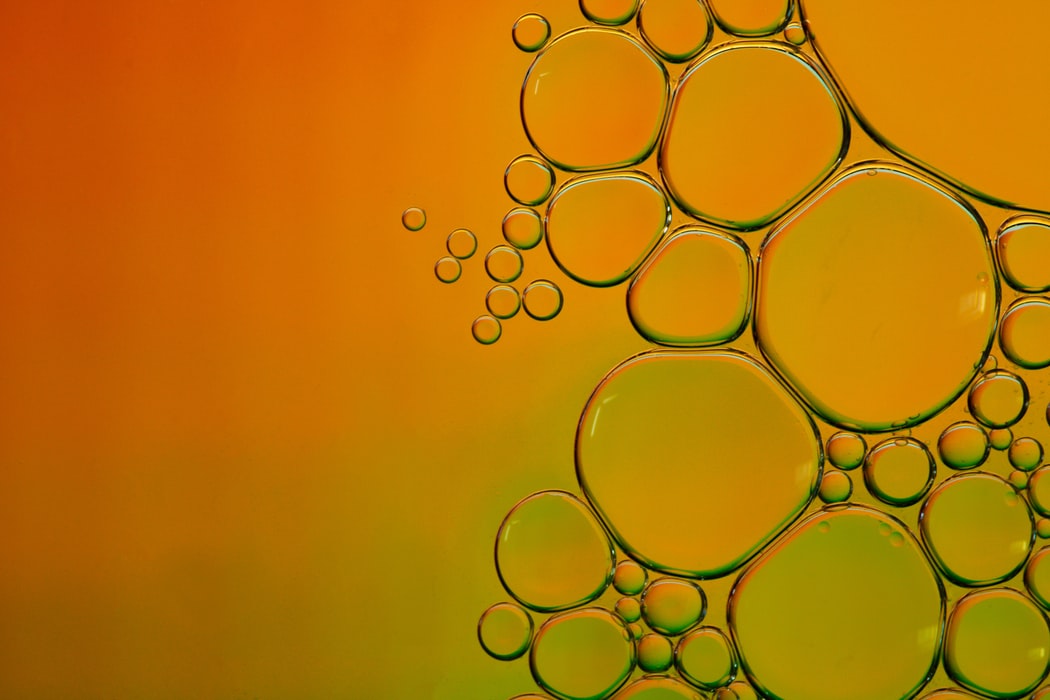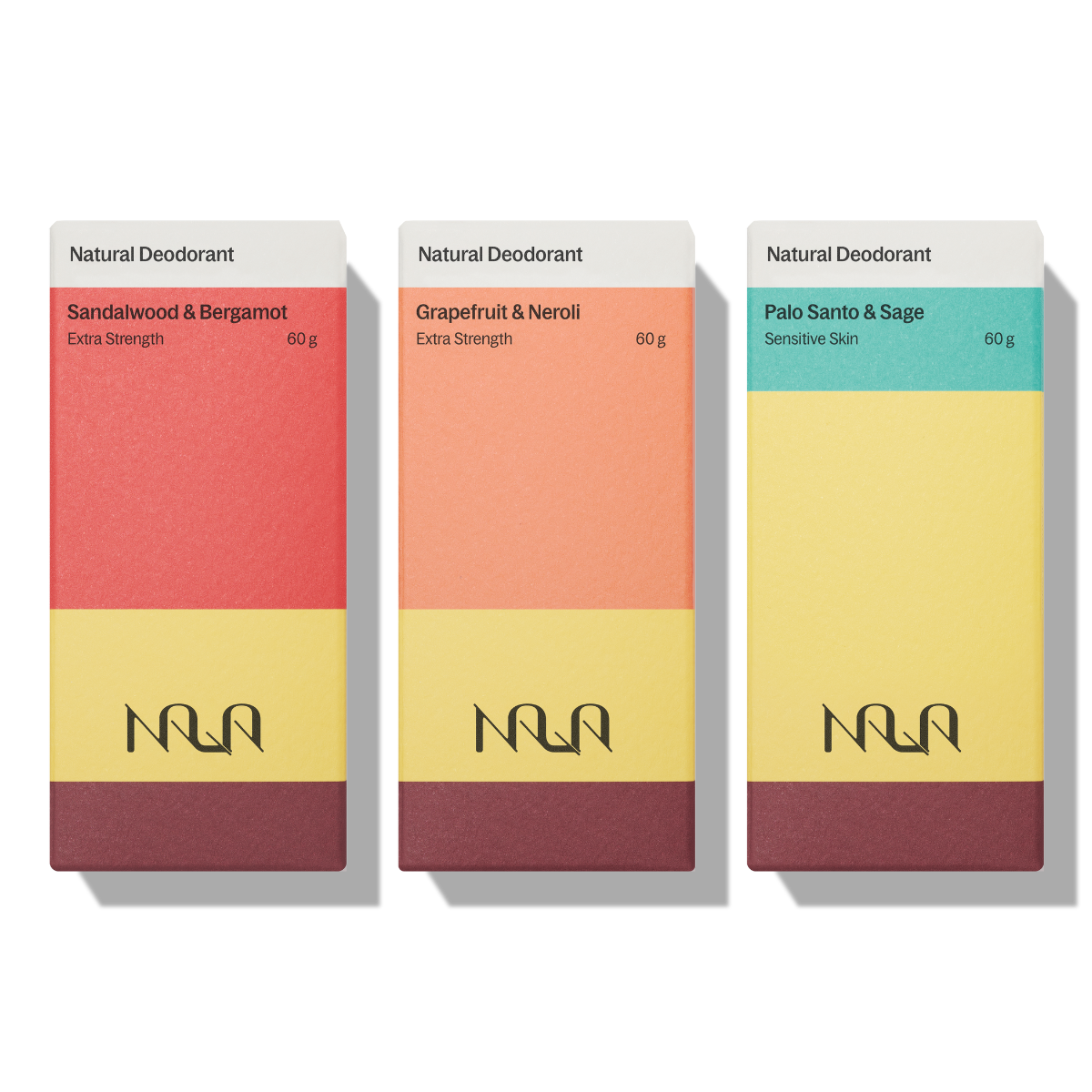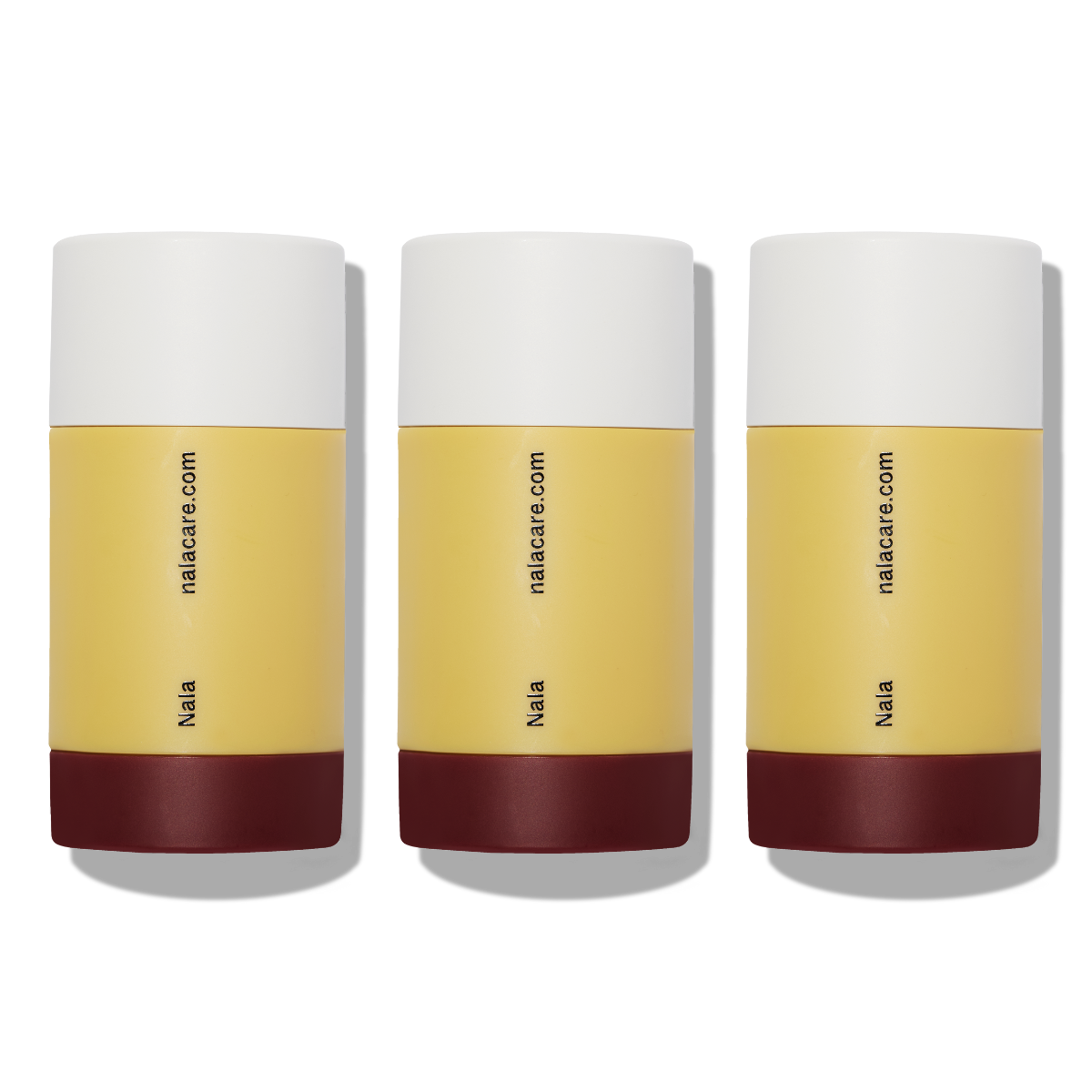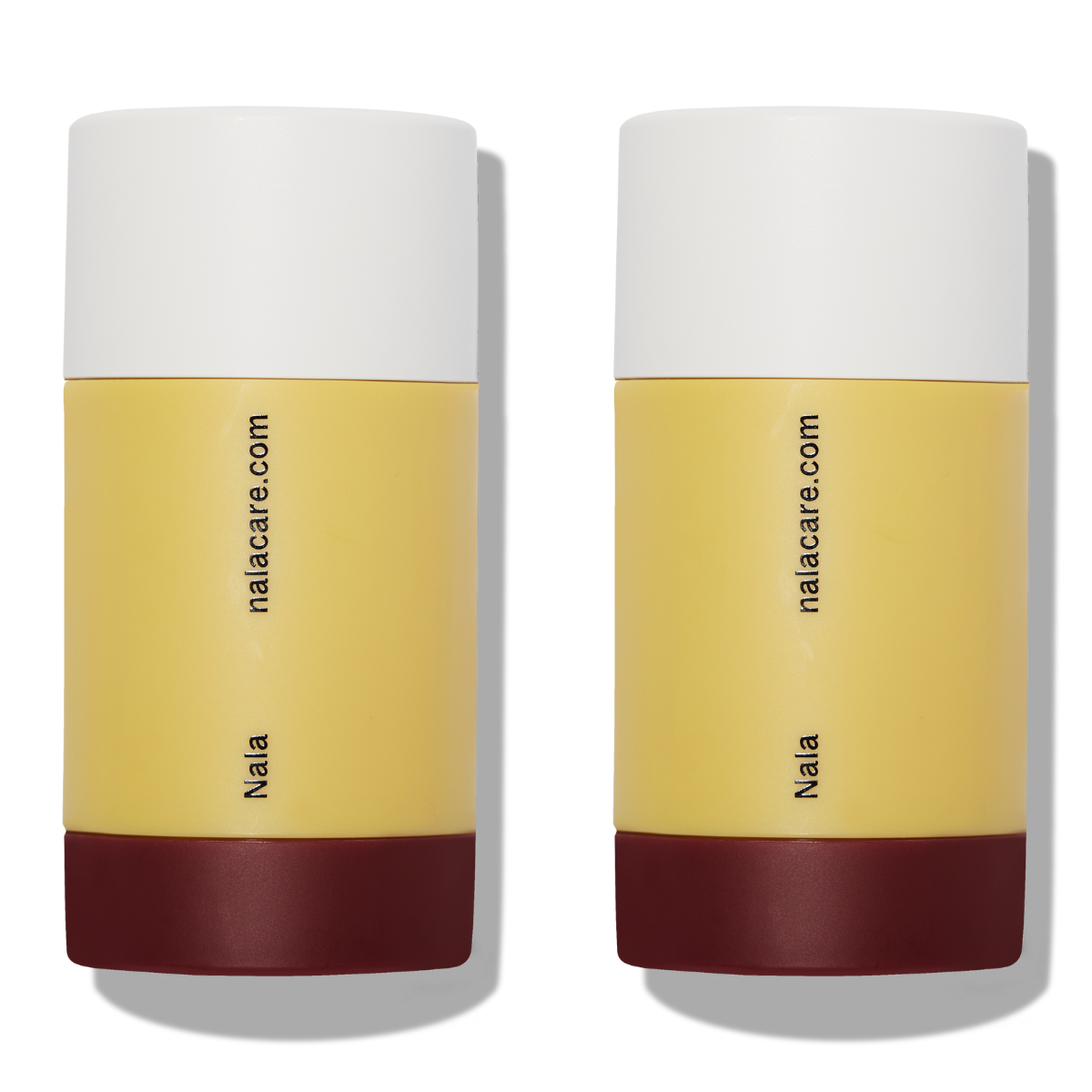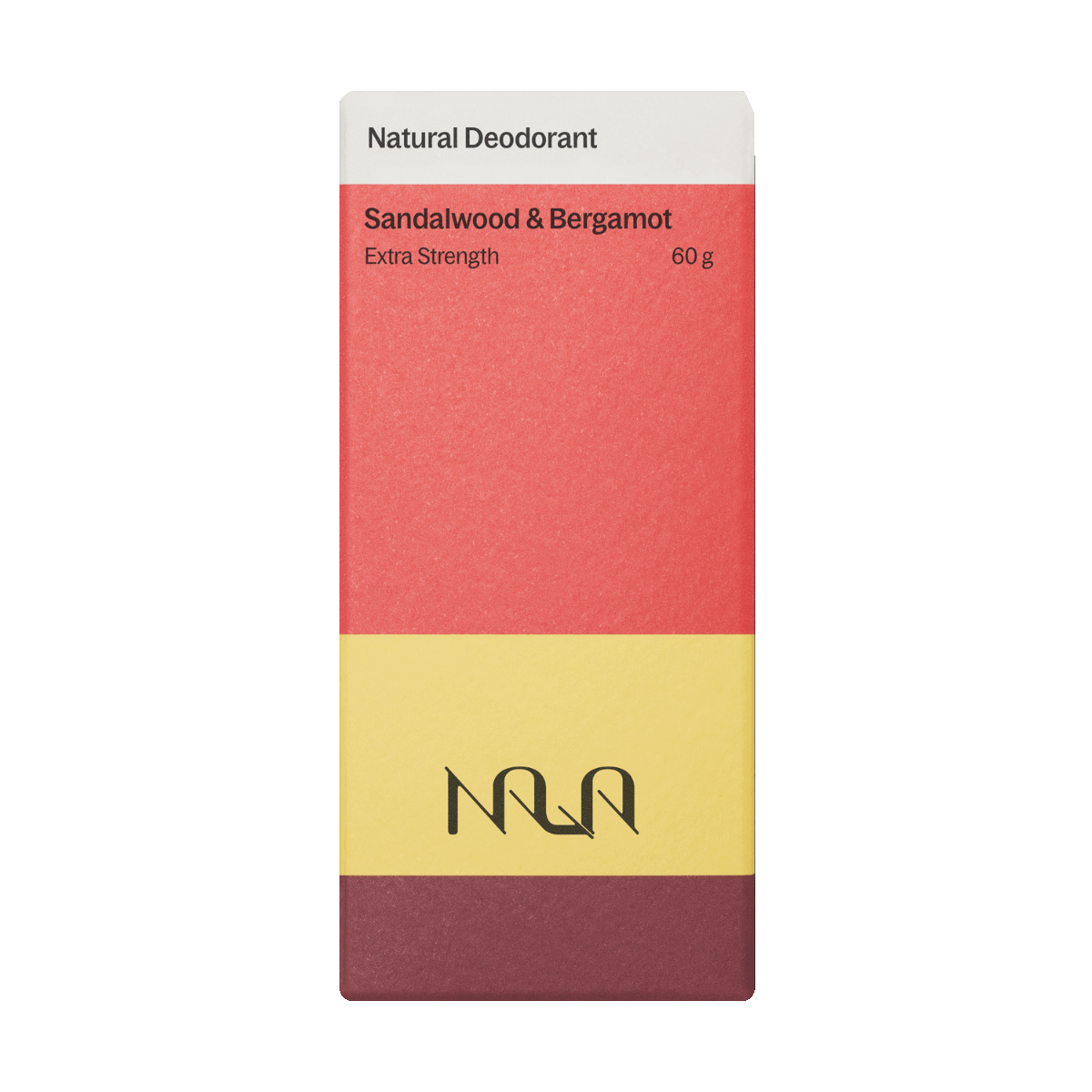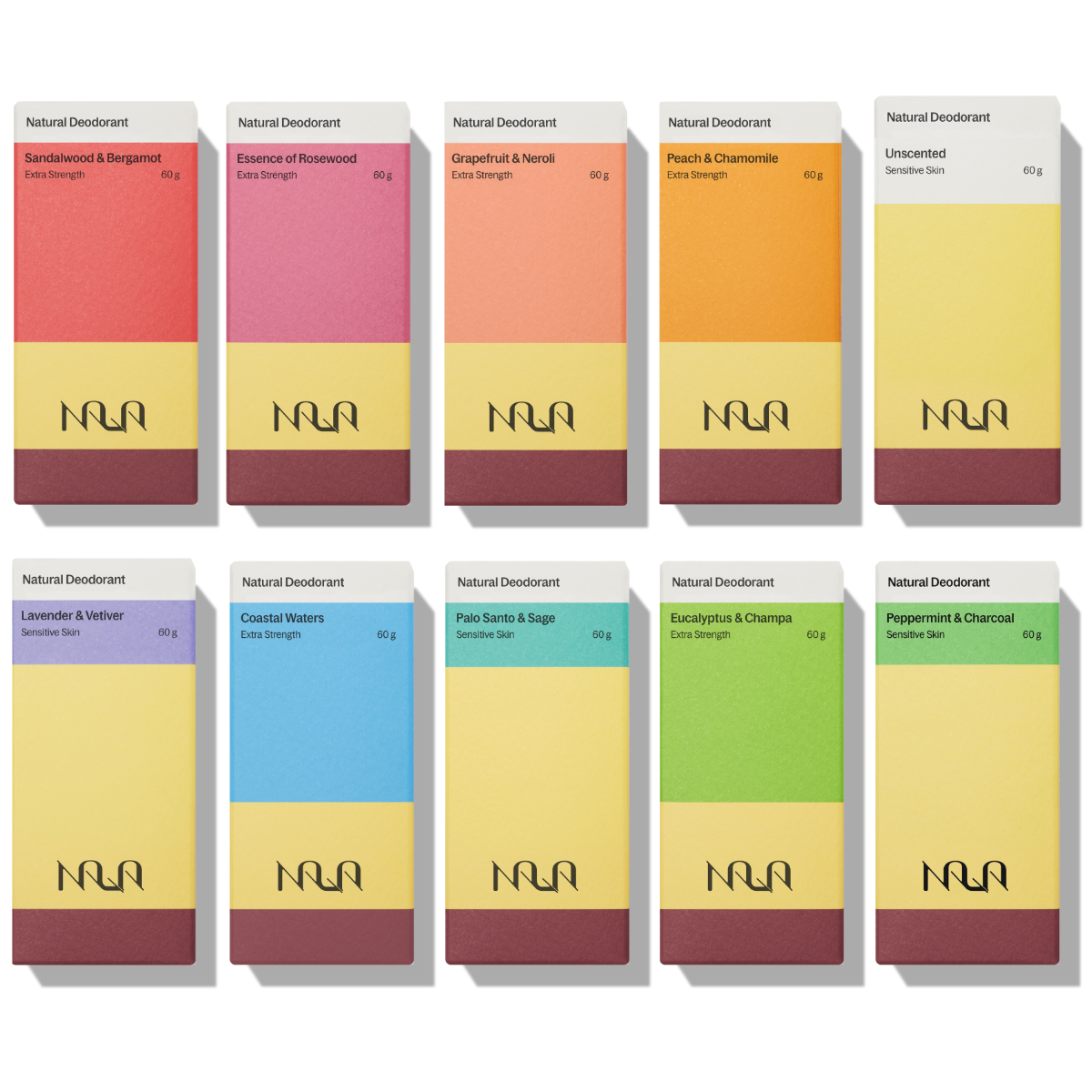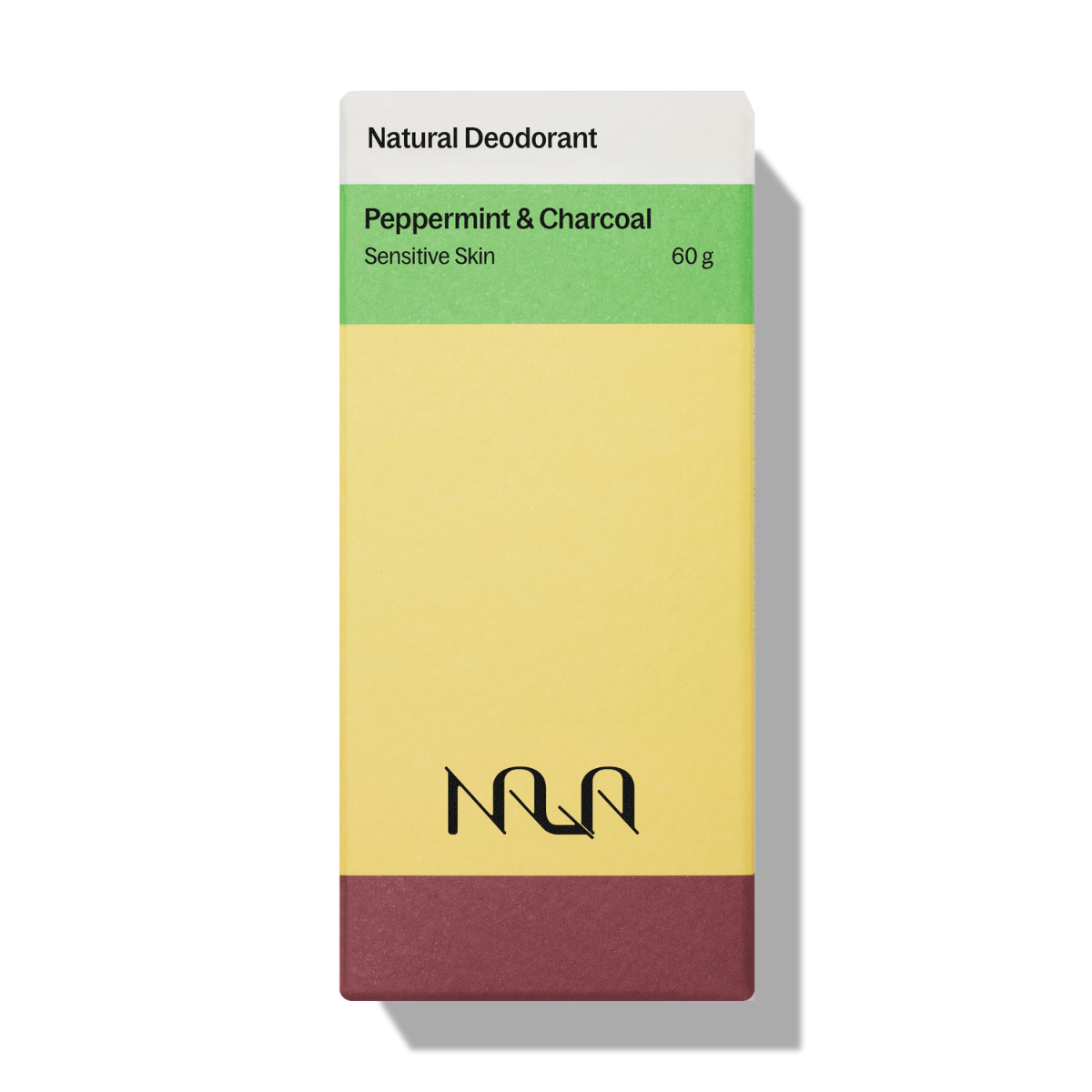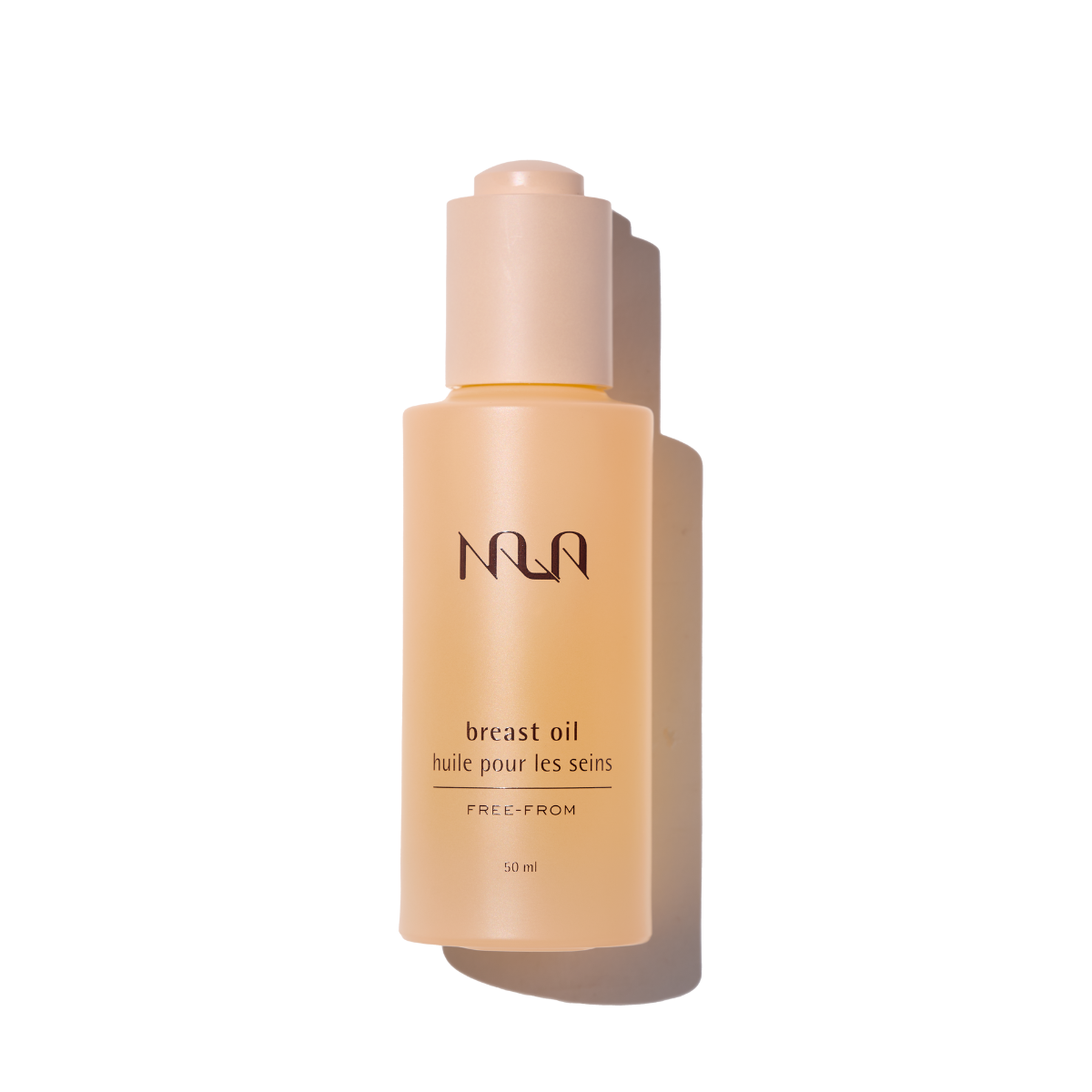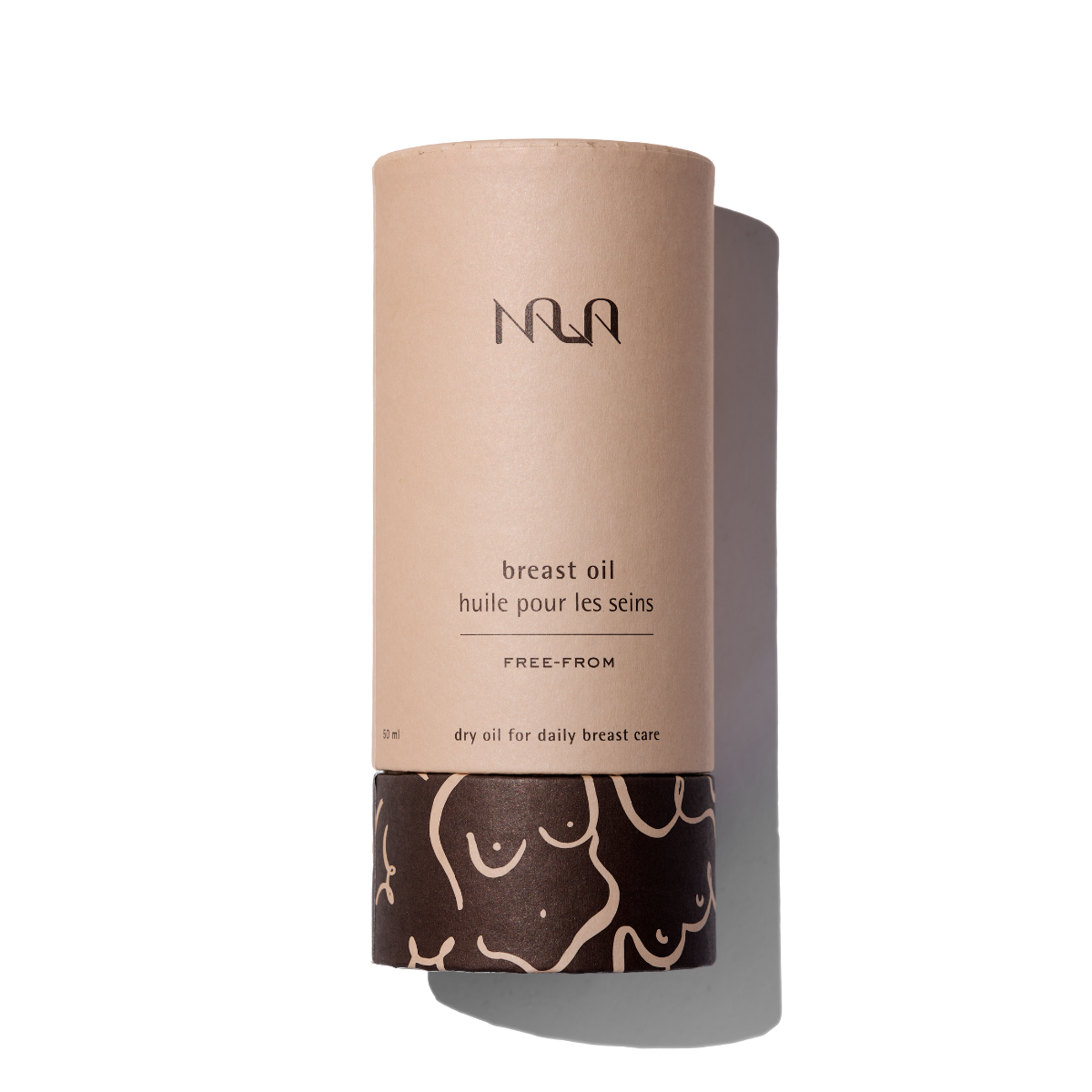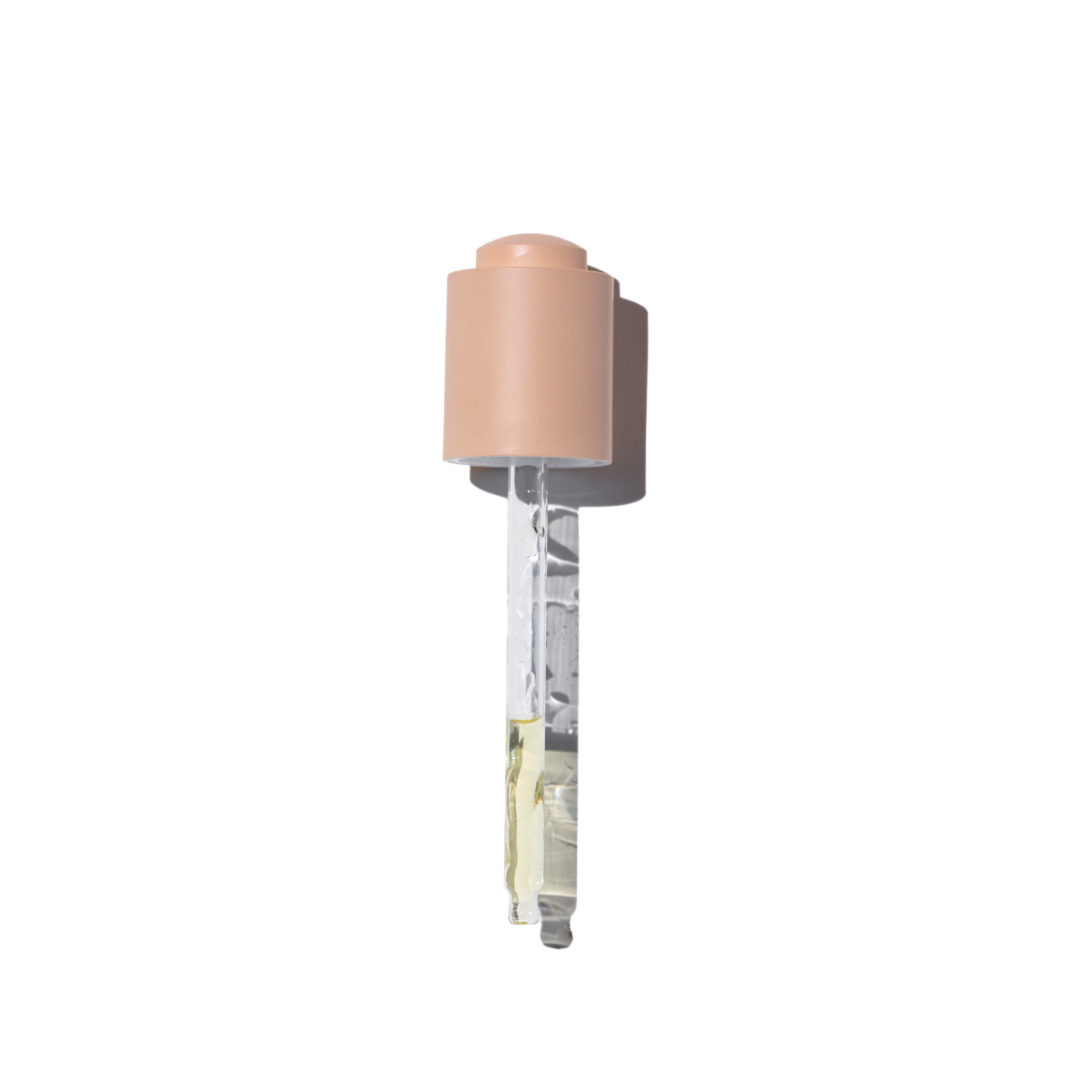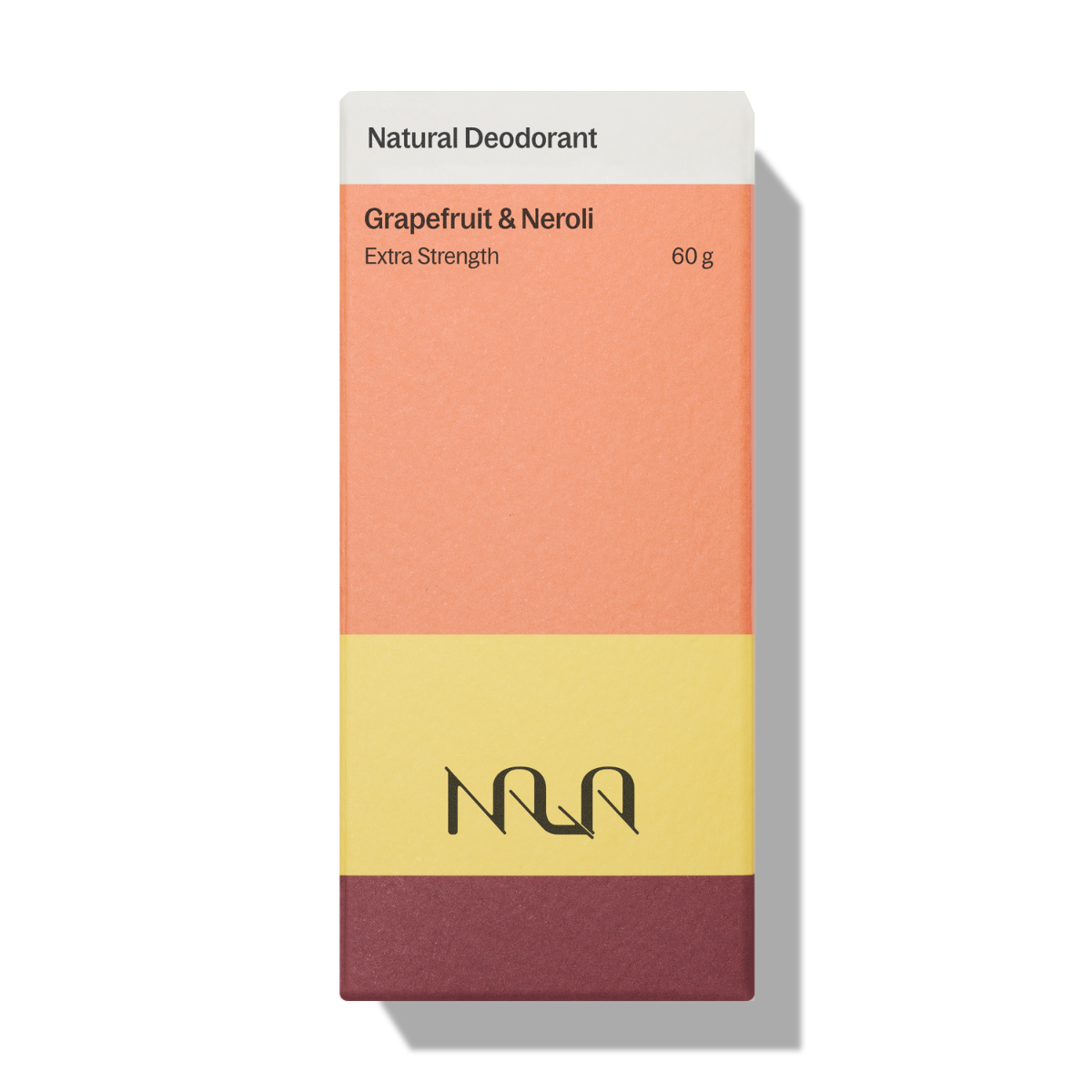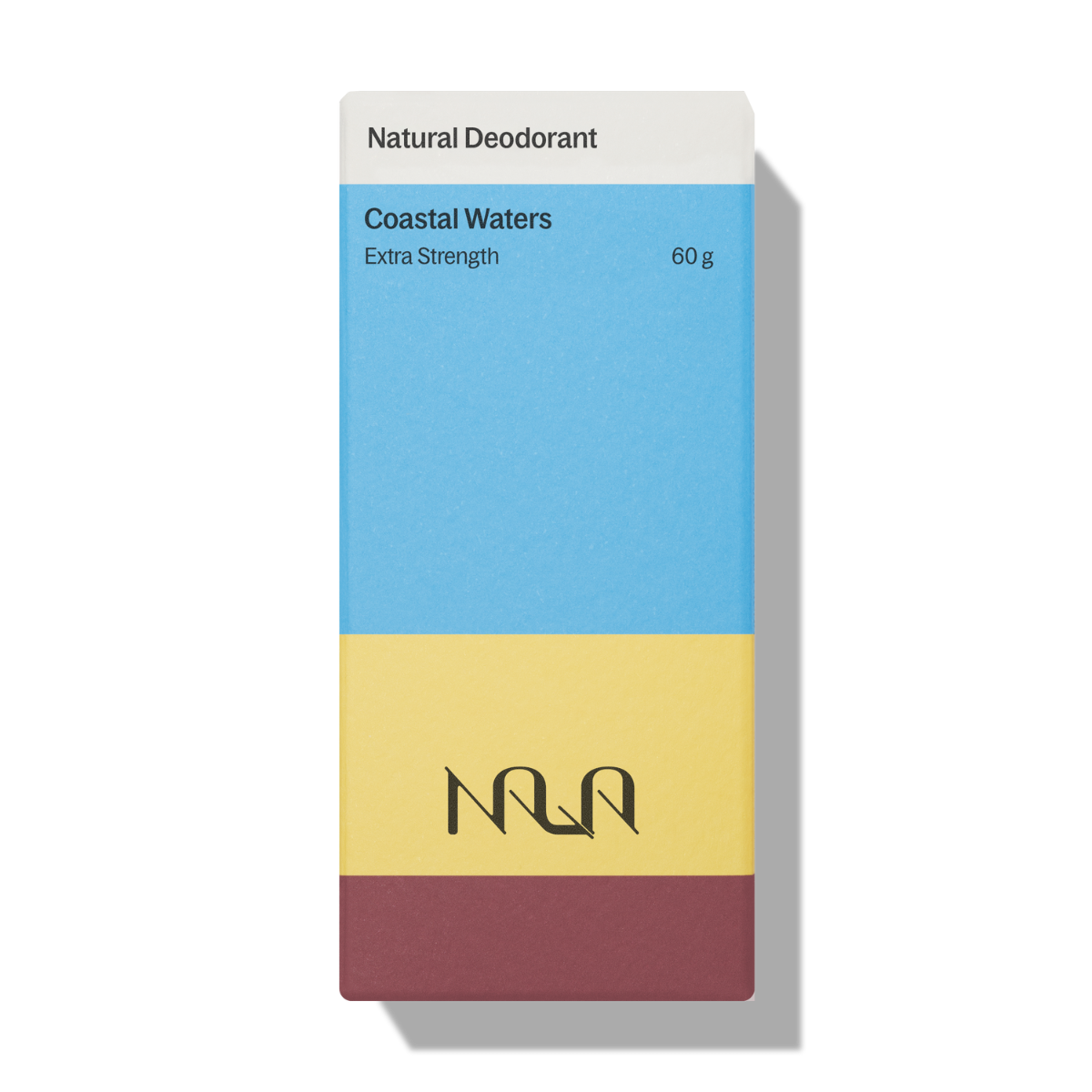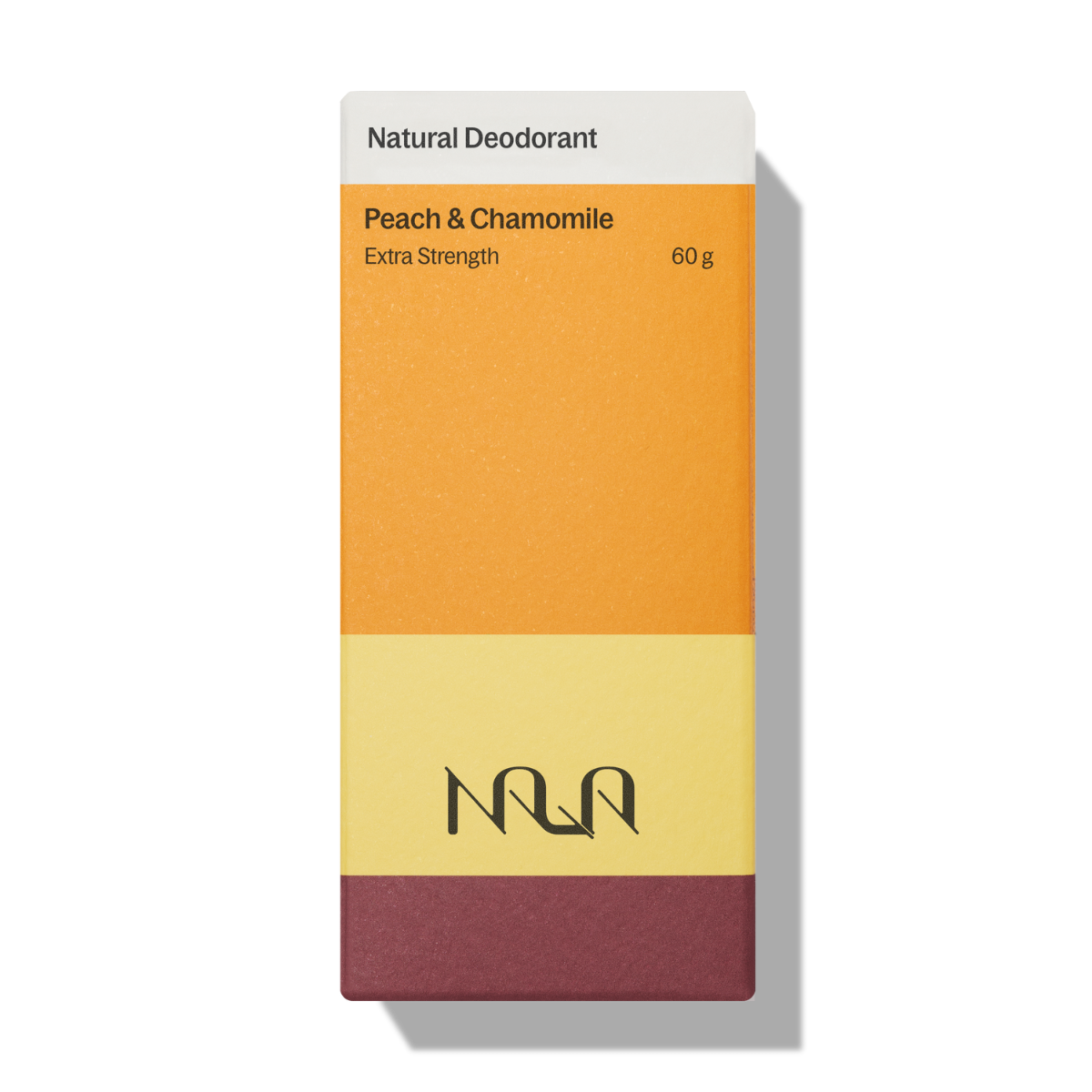Why do so many natural deodorants use proplyene glycol?
When we started education around ingredients and buying habits in the beauty industry, we knew propylene glycol needed its own section. What is it? Where is it found? Why is it used? What does it do? As a common ingredient in deodorant, propylene glycol is used as an emulsifier to create a smooth application feeling. Completely soluble in water, it serves as a vehicle for topical products such as lotion, deodorants, shampoo, and conditioner. Did you know it's also an ingredient in anti-freeze?
So what's the big deal with propylene glycol in natural deodorants?
According to the FDA, long-term use and substantial quantities of propylene glycol (up to five percent of the total intake) can be consumed without causing toxicity (1). So no harm no foul, right? Not necessarily. In large doses propylene glycol can be problematic (2).
Think back to when we told you how an ingredient list works: All ingredients on products are listed in order of predominance. The ingredient used in the greatest amount is listed first, followed by the next ingredient, and the next, all in descending order. That means that if a product's ingredients list starts with propylene glycol, it is the most prevalent ingredient in the entire formula.
Now think of your lotion, shampoo, ointment, and more. Do they all contain this ingredient? Are you layering all of them on daily? While there are many differing opinions in research concerning the toxicity of propylene glycol, research points in the direction of this compound having negative effects when administered in large doses. With body care, we have to examine the compounding effect of many products being layered onto our body over extended periods of time.
natural deodorants free-from propylene glycol
